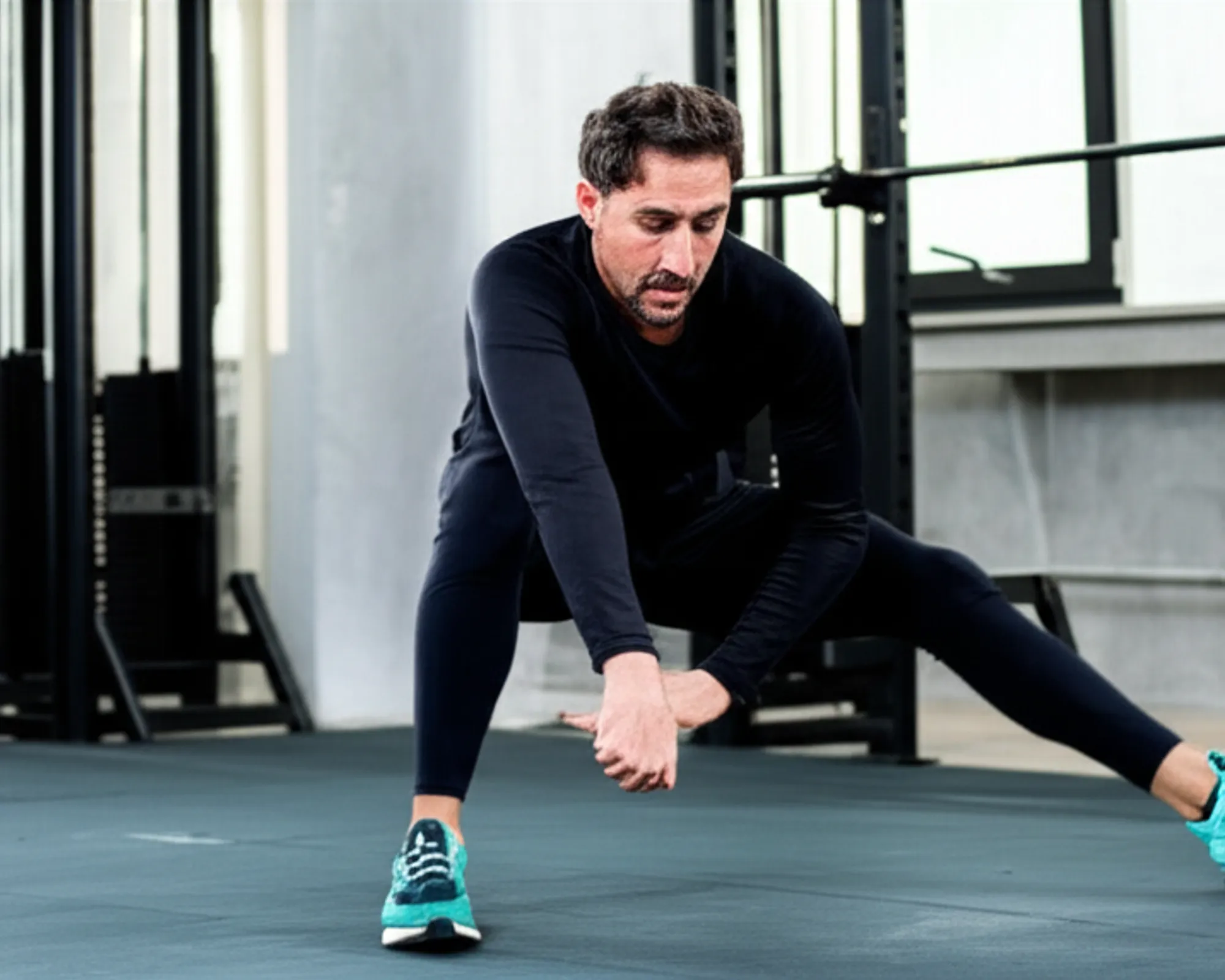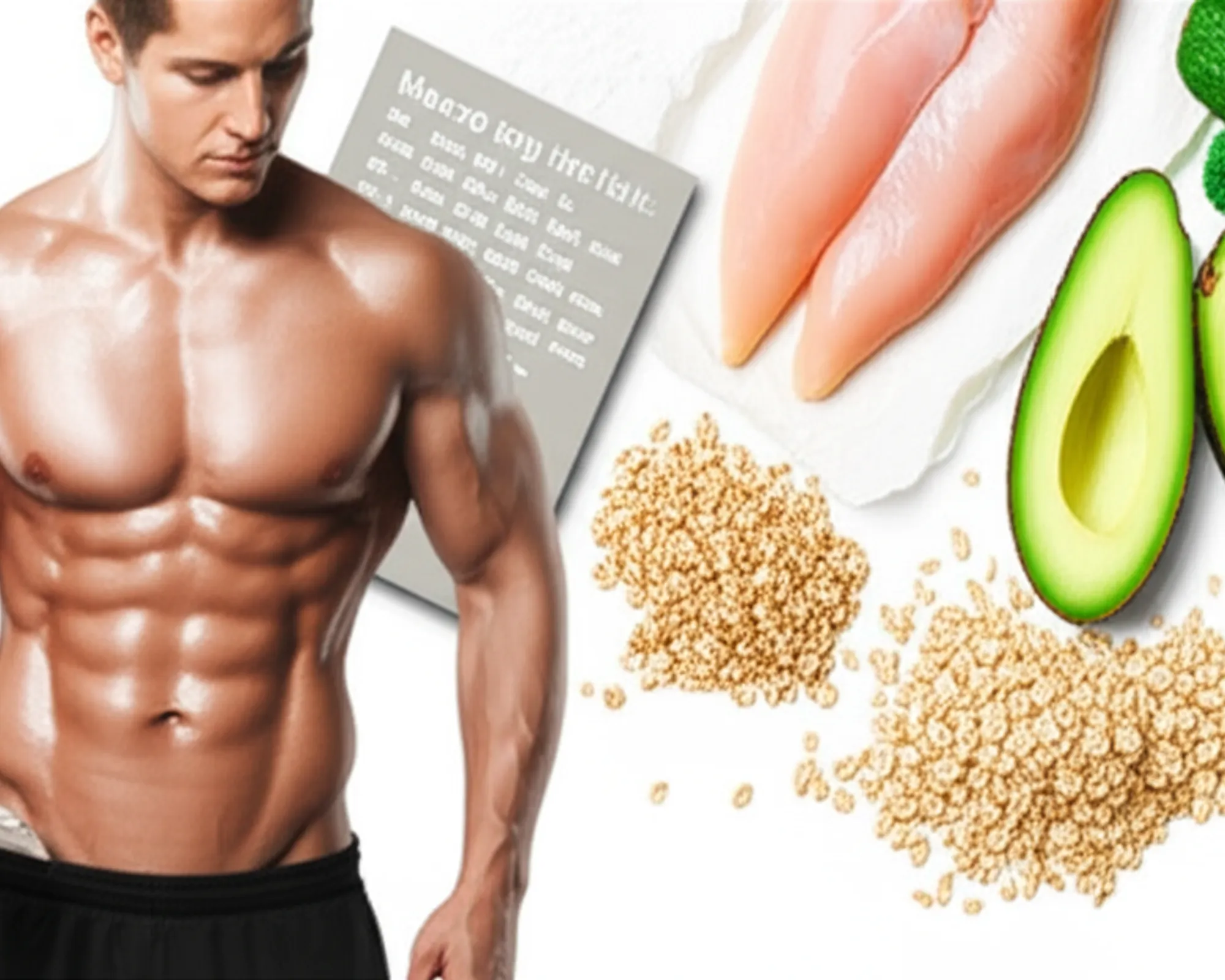Best Warm-Up Routine Before Lifting Weights

Stepping into the gym, the clang of weights and the hum of machines often beckon us directly to our chosen barbell or dumbbell. But hold on a minute! Before you dive headfirst into your heavy sets, there's a crucial, often overlooked, ritual that can make or break your workout: the warm-up. Far from being a mere suggestion, a well-structured warm-up is your body's essential preamble to intense physical activity. It’s the difference between a productive, injury-free session and one fraught with potential strains, pulls, and suboptimal performance. This comprehensive guide will walk you through crafting the best warm-up routine before lifting weights, ensuring you're primed for peak performance and protected from the pitfalls of unpreparedness.
Why Warm-Up? The Unsung Hero of Your Workout
Think of your body as a finely tuned machine. Would you redline a cold engine the moment you start it? Of course not. Similarly, your muscles, tendons, and joints need a gentle, progressive introduction to the demands of heavy lifting. A proper warm-up accomplishes several vital tasks:
- Increases Blood Flow: It sends oxygen-rich blood to your muscles, making them more pliable and ready for work.
- Elevates Core Body Temperature: Warmer muscles are more elastic and less prone to injury.
- Improves Joint Mobility: Lubricates your joints, allowing for a greater range of motion and smoother movement.
- Activates the Nervous System: Prepares the mind-muscle connection, improving coordination and power output.
- Reduces Risk of Injury: This is arguably the most significant benefit. By gradually preparing your body, you significantly lower the chances of strains, sprains, and other acute injuries.
- Enhances Performance: A well-warmed body can lift more, move better, and recover faster.
The Three Pillars of an Effective Warm-Up
A truly effective warm-up isn't just a random series of stretches. It's a strategic, multi-phased approach that prepares your body systematically. We can break it down into three core components:
Phase 1: General Warm-Up (5-10 minutes)
This phase aims to gently elevate your heart rate, increase blood flow, and raise your core body temperature. It's about getting your entire system moving and signaling to your body that physical activity is imminent. The key here is light, low-impact cardio that engages multiple muscle groups.
- Examples:
- Light jogging or brisk walking on a treadmill.
- Cycling on a stationary bike at a moderate pace.
- Elliptical trainer.
- Jumping jacks (low intensity).
- Skipping rope (slow pace).
- Focus: Break a light sweat, but don't exhaust yourself. This isn't your workout; it's the preparation for it. You should still be able to hold a conversation comfortably.
Phase 2: Dynamic Stretching (5-10 minutes)
Once your body is generally warm, it's time to move into dynamic stretching. Unlike static stretching (holding a stretch for a period), dynamic stretches involve controlled, flowing movements that take your joints and muscles through their full range of motion. This phase is crucial for improving flexibility, mobility, and activating the specific muscles you're about to work.
Focus on movements that mimic the exercises you're about to perform. For example, if you're squatting, include movements that open up your hips and mobilize your ankles.
- Upper Body Focus (for pushing/pulling days):
- Arm circles (forward and backward, large and small).
- Torso twists.
- Shoulder rotations.
- Cat-cow stretch (improves spinal mobility).
- Scapular push-ups/pull-ups (bodyweight activation).
- Lower Body Focus (for leg days):
- Leg swings (forward/backward and side-to-side).
- Walking lunges (bodyweight).
- High knees.
- Butt kicks.
- Worlds greatest stretch (multi-joint mobility).
- Hip circles.
- Full Body Focus (for full-body workouts): Combine elements from both upper and lower body, ensuring you cover all major joints.
- Technique: Perform 10-15 repetitions or 30 seconds per movement. Focus on control and a smooth range of motion, not pushing to extremes.
Phase 3: Specific Warm-Up / Exercise-Specific Activation (5-10 minutes)
This is where you bridge the gap between general preparation and the actual lifting. The specific warm-up involves performing lighter versions of the actual exercises you plan to do, gradually increasing the weight. This phase further primes your nervous system, refines your movement patterns, and gives you a feel for the exercise before you load it heavily.
- For Squats:
- Bodyweight squats (10-15 reps).
- Empty barbell squats (10-12 reps).
- Light weight squats (e.g., 50% of your working weight, 6-8 reps).
- Moderate weight squats (e.g., 70% of your working weight, 3-5 reps).
- For Bench Press:
- Push-ups (10-15 reps).
- Empty barbell bench press (10-12 reps).
- Light weight bench press (e.g., 50% of working weight, 6-8 reps).
- Moderate weight bench press (e.g., 70% of working weight, 3-5 reps).
- For Deadlifts:
- Good mornings (bodyweight or light bar).
- Romanian deadlifts (empty barbell).
- Light weight deadlifts (e.g., 50% of working weight, 5-8 reps).
- Moderate weight deadlifts (e.g., 70% of working weight, 2-3 reps).
- Key: The goal is to prepare, not to fatigue. Keep the reps low on the heavier warm-up sets to conserve energy for your main working sets. Adjust the number of sets based on how heavy your working sets will be. For very heavy lifts, you might add an extra warm-up set.
What to Avoid: The Static Stretching Myth (Before Lifting)
While static stretching (holding a stretch for 20-30 seconds or more) has its place for improving long-term flexibility, performing it *before* lifting weights is generally not recommended. Studies suggest that static stretching pre-workout can temporarily decrease strength and power output, and may even compromise joint stability. Save your static stretches for after your workout, when your muscles are warm and pliable, or for a dedicated flexibility session.
Putting It All Together: A Sample 15-20 Minute Warm-Up Routine
Here’s a practical example of how you can structure your warm-up:
- General Warm-Up (5 minutes): Light jog on the treadmill or elliptical at a conversational pace.
- Dynamic Stretching (7-10 minutes):
- Arm circles (forward/backward) - 10-15 reps each direction.
- Torso twists - 10-15 reps per side.
- Leg swings (forward/backward) - 10-15 reps per leg.
- Leg swings (side-to-side) - 10-15 reps per leg.
- Walking lunges (bodyweight) - 10-12 steps.
- Cat-cow stretch - 8-10 reps.
- World's greatest stretch - 3-5 reps per side.
- Specific Warm-Up (5-8 minutes - Example for Squats):
- Bodyweight squats - 10 reps.
- Empty barbell squats - 8-10 reps.
- Squats with 50% of working weight - 6 reps.
- Squats with 70% of working weight - 3 reps.
Remember to adjust the specific exercises and duration based on your individual needs, the type of workout you're doing, and how your body feels.
Conclusion: Invest in Your Longevity and Performance
Skipping your warm-up is like building a house without a strong foundation – it might stand for a while, but it's prone to collapse. By dedicating a mere 15-20 minutes to a proper warm-up routine, you're not just going through the motions; you're actively investing in your body's longevity, protecting against injuries, and unlocking your true performance potential. Make the best warm-up routine before lifting weights a non-negotiable part of your fitness regimen, and experience the difference in how you feel, how you lift, and how you progress towards your strength goals. Your body will thank you.


